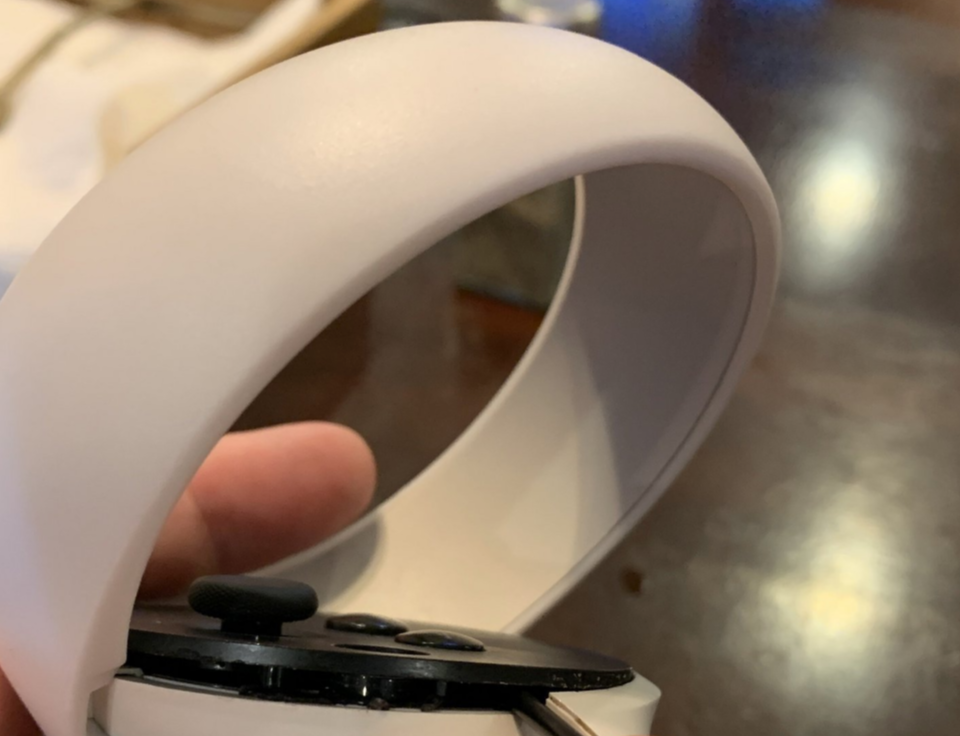When your Oculus Quest 2 suddenly glitches or refuses to turn on, it feels scary. You start searching for quick fixes, maybe even a local repair shop, but then comes the real problem — who can you actually trust with it? Not every repair service understands VR gear the way they should, and one wrong move can turn a small issue into a bigger one. Choosing the right Oculus Quest 2 repair shop isn’t just about convenience — it’s about keeping your headset (and your experiences) safe. Here’s how to find a repair service that actually knows what they’re doing.
Ways to Choose the Right Oculus Quest 2 Repair Service
Here are the most important things to look for before you hand over your headset.
Reputation Speaks Loudly
Think of reviews as digital word of mouth. They’re not perfect, but they tell stories. A shop with dozens of people praising quick service and working results probably knows its stuff. Don’t just skim the stars. Read the details. Did customers feel respected? Did anyone mention problems repeating? Those patterns matter more than numbers.
Make Sure They Understand VR
VR headsets aren’t like phones or laptops. Inside are cameras, sensors, and delicate lenses that must be handled carefully. If those get scratched or misaligned, tracking will never feel right again.
A repair shop that openly mentions VR work is usually better prepared than one that only lists “electronics.” Pay attention to that detail.
Experience Brings Confidence
Imagine leaving your car with a mechanic who admits it’s their first time fixing that model. You’d hesitate, right? The same logic applies here. Ask how often they’ve repaired Quest 2 headsets. A technician with real experience will explain common issues clearly, not vaguely. Confidence in their answers usually reflects confidence in their skills.
The Parts They Use Matter
Not all replacement parts are created equal. Some shops cut costs with cheap components, and while they may work for a while, they rarely last. A scratched lens or a weak battery can ruin your VR sessions.
Ask if they use original or OEM-quality parts. A shop that hesitates here probably isn’t using the best.
A Warranty Tells the Truth
A warranty is more than a slip of paper. It’s a sign that the shop stands behind its work. Even thirty days is better than nothing. Ninety days is even better. Without that promise, you’re on your own if something goes wrong again.
A warranty is basically the shop saying, “We’re confident in this repair.”
Clear Pricing Prevents Surprises
Nobody likes surprise charges. Repairs should come with a clear explanation: this much for parts, this much for labor, maybe a diagnostic fee. That’s it. If the shop dodges questions about cost, or if reviews mention hidden fees, be careful. Honest pricing is a basic sign of respect. Anything less isn’t worth it.
Pay Attention to How They Talk to You
The way a shop communicates says a lot about how they’ll handle the job.
- Do they explain things in plain language?
- Do they answer quickly, even with small updates?
- Do they leave you wondering what’s happening?
Clear communication makes you feel safer leaving your expensive headset in their hands. Silence does the opposite.
Local or Mail-In Repairs
Some people still prefer walking into a repair shop — it’s reassuring to talk to someone in person, see where your headset’s being worked on, and pick it up yourself. Others like the ease of mail-in services, especially if there’s no local place that handles VR gear. Both options can work just fine; it really comes down to what feels more convenient and trustworthy for you.
Match the Shop to Your Priorities
No two people value the same things. Some care most about cost. Others won’t mind paying more if it means higher-quality parts. Some want the fastest turnaround. Others care most about warranties. Think about what matters most to you before choosing.
Conclusion
Your Oculus Quest 2 isn’t just another piece of tech. It’s your way into games, adventures, and experiences that feel bigger than your living room. When it breaks, a careless repair can close that door. But the right service keeps it open. Look for shops with good reputations, real VR experience, clear pricing, and honest warranties.
By taking a little time to check those things, you’ll find an Oculus Quest 2 repair shop you can trust. That means fewer frustrations, better performance, and more time enjoying the virtual worlds waiting for you.

